Home>Ideas and Tips>DIY Guide To Installing A Sliding Shower Door
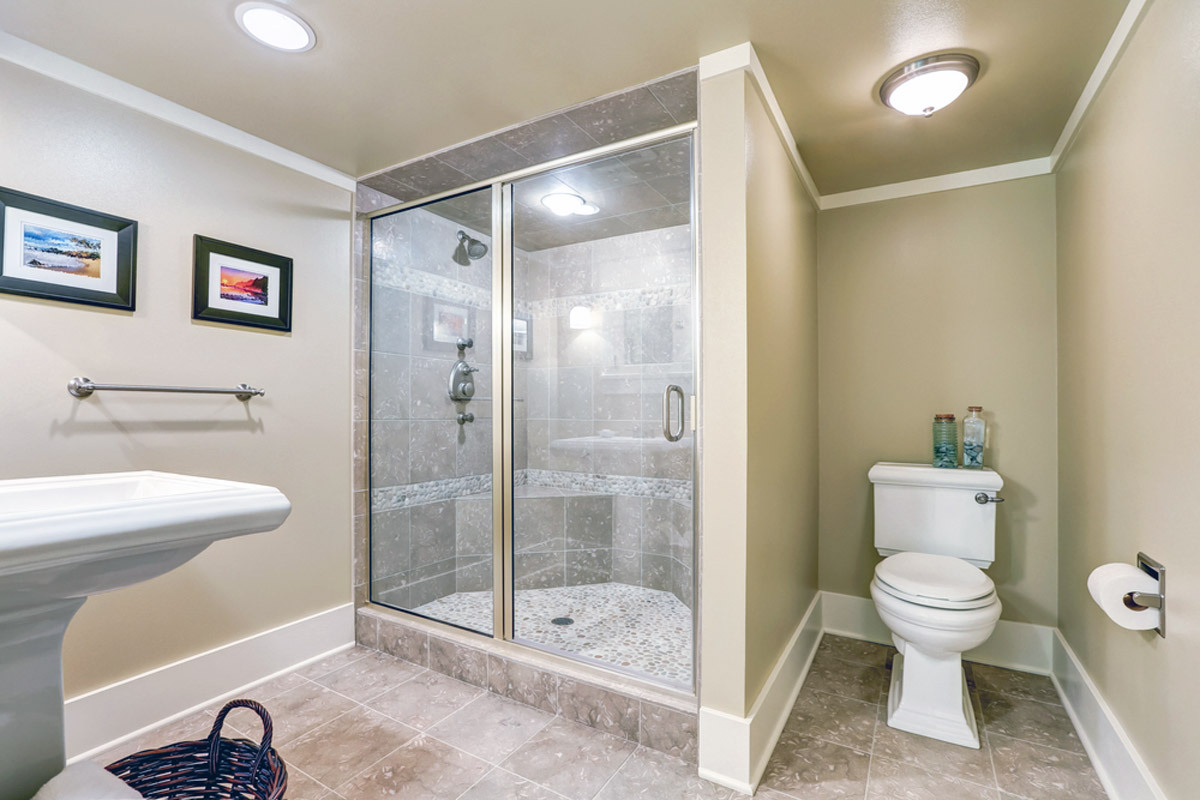

Ideas and Tips
DIY Guide To Installing A Sliding Shower Door
Published: August 29, 2024
Learn how to install a sliding shower door with our step-by-step DIY guide. Enhance your bathroom's functionality and aesthetics with ease.
(Many of the links in this article redirect to a specific reviewed product. Your purchase of these products through affiliate links helps to generate commission for Storables.com, at no extra cost. Learn more)
Installing a sliding shower door can be a rewarding DIY project that enhances the functionality and aesthetic appeal of your bathroom. However, it requires careful planning, precise measurements, and attention to detail to ensure a watertight and smooth-operating enclosure. In this comprehensive guide, we will walk you through the steps involved in installing a sliding glass shower door, covering all the necessary tools, measurements, and installation techniques.
Tools and Materials Needed
Before you begin, it's essential to gather all the necessary tools and materials. The specific tools may vary slightly depending on the brand and type of shower door you are installing, but here are the basic items you will need:
- Tape Measure: For measuring the vertical and horizontal openings of your shower.
- Level: To ensure that the tracks and door are properly aligned and level.
- Caulk Gun: For applying silicone caulk to seal the edges of the shower door.
- Hacksaw: For cutting the metal tracks to the appropriate length.
- Drill with Bits: For drilling holes for the tracks and jambs.
- Screwdriver: For tightening screws and other hardware.
- Cut File: For smoothing out rough edges on the tracks.
- Vacuum: For cleaning up metal filings from cutting the tracks.
- Plastic Mallet: For tapping wall anchors into place.
- Pliers: For crimping the edges of the drip rail.
- Utility Knife: For trimming excess vinyl from the drip rail.
- Marking Pencil: For marking screw holes and track positions.
- Shower Door: The actual sliding glass shower door.
- Screw Anchors: For securing the wall jambs to the wall.
- Masking Tape: For temporarily holding the tracks in place.
- Silicone Sealant: For sealing the edges of the shower door.
- Screws: For securing the tracks and jambs to the wall.
Read more: DIY Guide To Installing A Glass Shower Door
Measuring the Shower Opening
The first step in installing a sliding shower door is to measure the vertical and horizontal openings of your shower. This will help you determine the correct size of the tracks and ensure that the door fits properly.
- Measure the Vertical Opening (A): Measure from the top of the shower or bathtub threshold to the top of the tile or wall surround.
- Measure the Horizontal Opening (B): Measure the width of the opening at the top and bottom of the enclosure.
- Measure the Threshold or Sill (C): Measure the depth from the front to the back (edge to edge) of the shower or bathtub threshold.
These measurements will guide you in cutting the tracks to the appropriate length and ensuring that they fit snugly between the shower walls.
Cutting and Preparing the Tracks
Once you have your measurements, it's time to cut the metal tracks to length using a hacksaw. It's crucial to file the rough edges with a cut file to prevent any sharp edges that could cause injury or damage to the surrounding surfaces.
- Cutting the Base Track: Start by cutting the base track to the appropriate length using your hacksaw. The base track should run along the length of the threshold and fit tightly between the shower walls.
- Filing Rough Edges: Use a cut file to smooth out any rough edges on the tracks. Vacuum up any metal filings to keep your workspace clean.
Installing the Base Track
With your tracks prepared, it's time to install them on the threshold. Ensure that they are centered and mark their position with a pencil if necessary.
- Installing on Threshold: Place the base track on the threshold, ensuring it is completely centered. Use masking tape or a pencil mark to secure its position temporarily.
- Drilling Screw Holes: Remove the track and drill pilot holes where you've made your marks. Use an 8mm (1/3-inch) ceramic drill bit for this purpose.
- Inserting Wall Anchors: Insert wall anchors into each hole you drilled, making sure they are flush with the wall.
- Securing Tracks: Secure the metal track with screws, being careful not to overtighten them. Ensure there is a support stud behind the drywall for added stability.
Installing the Wall Jambs
Next, you'll need to install the wall jambs, which are the vertical pieces that hold the tracks in place.
- Marking Screw Holes: Fit the bottom of the jamb into the base track and press it flush against the wall. Use a level to ensure it's plumb, but be careful not to move the base track.
- Drilling Screw Holes: Remove the jamb and drill screw holes in the tile over your pencil markings using a 3/16-inch masonry bit.
- Inserting Wall Anchors: Insert wall anchors into each hole you drilled, tapping them into place with a plastic mallet if necessary.
- Securing Jambs: Install the door jambs, securing them to the anchors with the hardware provided. Use a screwdriver to tighten the screws.
Installing the Header
The header is the top piece that connects the two tracks together.
- Lifting Header: Lift the header to the upper edge of the door and slide it into place. On hinged doors, the shorter arm of the header should face outward.
- Marking Screw Holes: Before marking and drilling pilot holes, ensure that the header is level.
- Drilling Pilot Holes: Drill pilot holes where necessary, then screw your header into place using corresponding jamb screws.
Assembling and Installing the Sliding Glass Door
Now it's time to assemble and install the sliding glass door.
- Installing Sliding Hardware: Install the sliding hardware on the glass door. If the door is coated, make sure the uncoated side faces outwards.
- Hanging Doors: Hang the doors on the top track, ensuring they slide smoothly back and forth.
- Adjusting Rollers: Adjust the rollers if necessary using different mounting holes to ensure smooth operation.
Attaching Door Handles
Your shower door should come with a hardware kit that includes door handles. Set your handles over pre-drilled holes and tighten screws until they're firmly in place.
Installing Drip Rail
The drip rail is a crucial component that prevents water from dripping onto the floor.
- Measuring Drip Rail: Measure the drip rail to match the width of your door.
- Cutting Drip Rail: Cut it to the appropriate length using a hacksaw, then smooth out rough edges with a cut file.
- Crimping Edges: Crimp the edges of the drip rail with pliers to secure the vinyl strip.
- Trimming Excess: Trim excess vinyl with a utility knife.
Installing Drip Rail
Install the drip rail along the bottom of your door frame (with vinyl facing down). Drill pilot holes through mounting holes into door frames using a 7/32-inch pilot bit. Secure drip rail with screws provided in hardware kit.
Sealing Frame
The final step is waterproofing your shower by sealing all edges with silicone caulk.
- Applying Caulk: Apply caulk along inside and outside edges of base track and inside edges of each jamb using caulk gun.
- Smoothing Out Caulk: Smooth out caulk ensuring no gaps remain unsealed.
- Waiting for Drying Time: Wait at least 24 hours for silicone caulk to dry completely before using shower again.
Additional Tips for Smooth Operation
To ensure smooth operation of your sliding glass shower door:
- Check Track Alignment: Ensure tracks are properly aligned during installation to prevent uneven sliding.
- Adjust Rollers: Adjust rollers if necessary after installation to ensure smooth sliding motion.
- Test Door Functionality: Test door functionality after installation ensuring it opens and closes smoothly without any resistance or noise.
Conclusion
Installing a sliding glass shower door can be a rewarding DIY project if approached systematically with attention to detail and proper tools at hand. By following these steps meticulously from measuring openings through assembling components ensuring watertight seal at end result will be functional aesthetically pleasing addition enhancing overall bathroom experience.
If you're not comfortable with this level of complexity or prefer professional assistance consider consulting local contractors specializing bathroom renovations who can provide expert guidance throughout entire process ensuring highest quality results meet specific needs requirements ensuring long-lasting satisfaction years come
Was this page helpful?
At Storables.com, we guarantee accurate and reliable information. Our content, validated by Expert Board Contributors, is crafted following stringent Editorial Policies. We're committed to providing you with well-researched, expert-backed insights for all your informational needs.
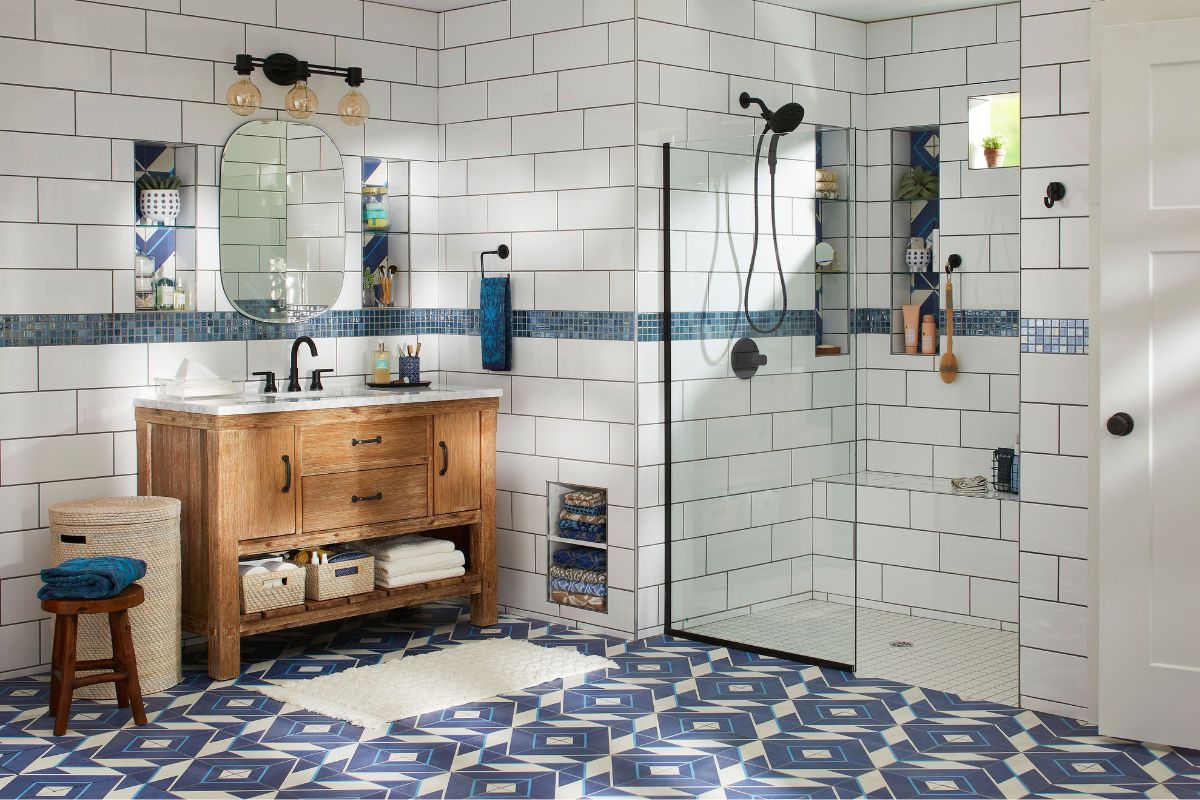

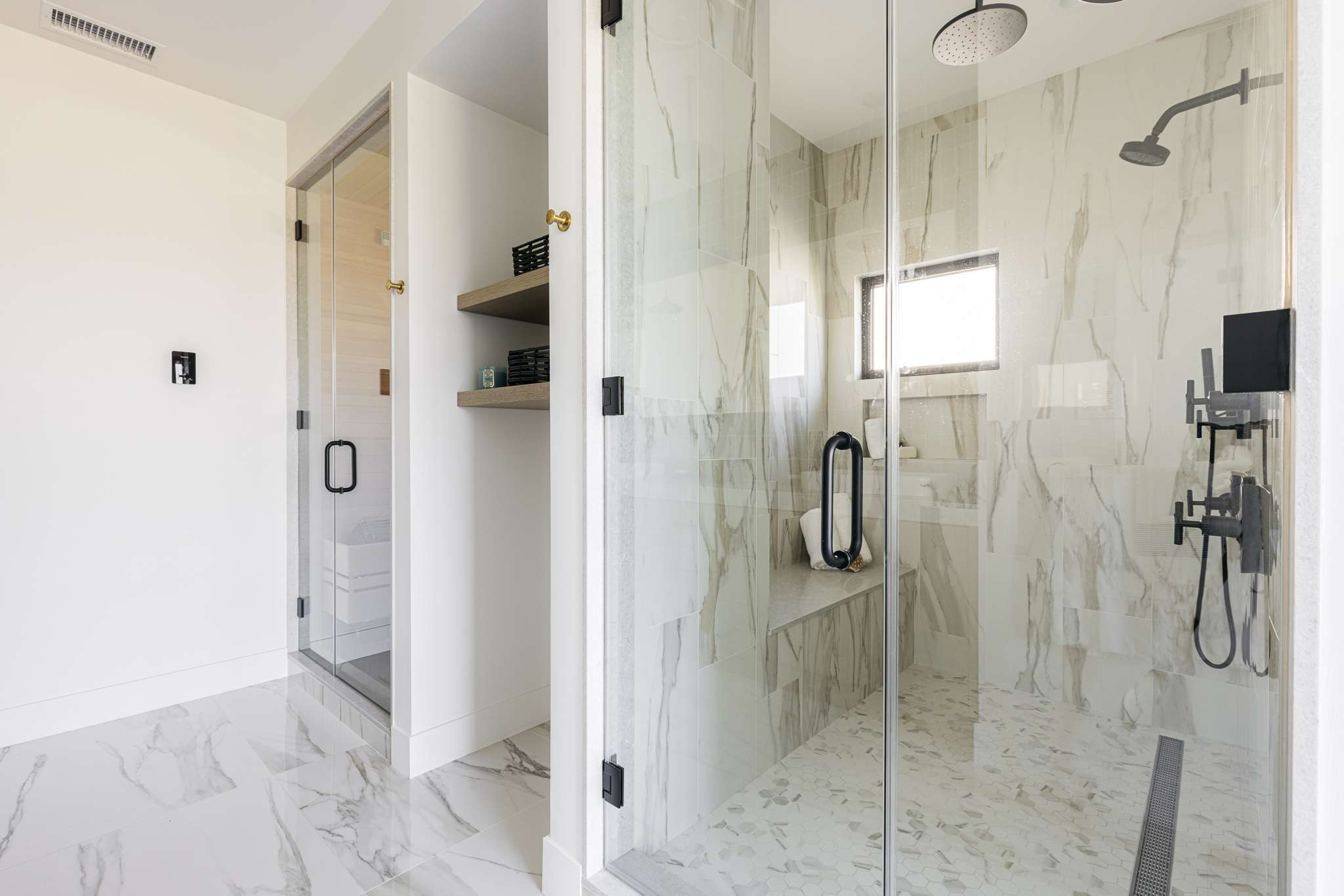
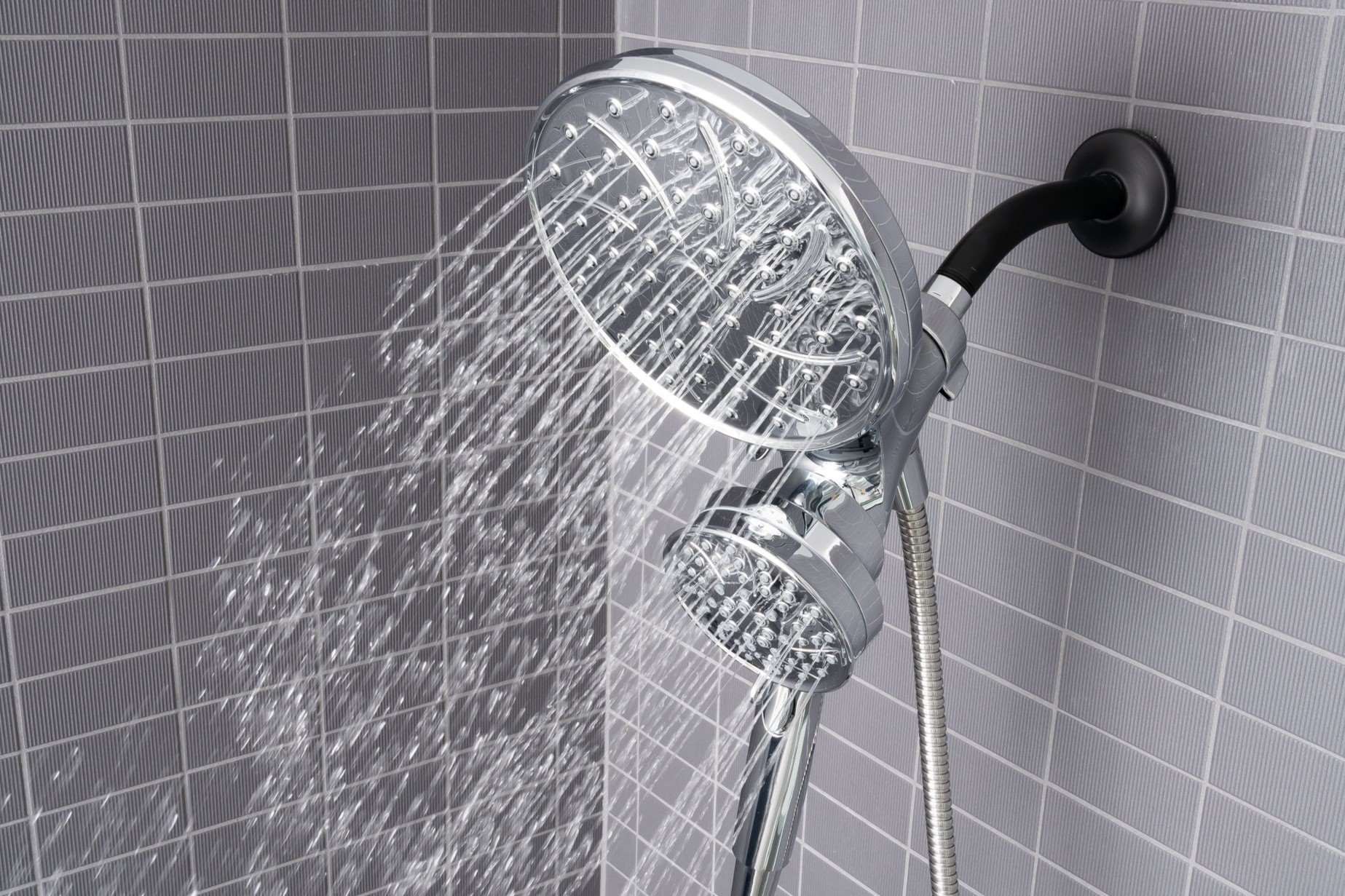
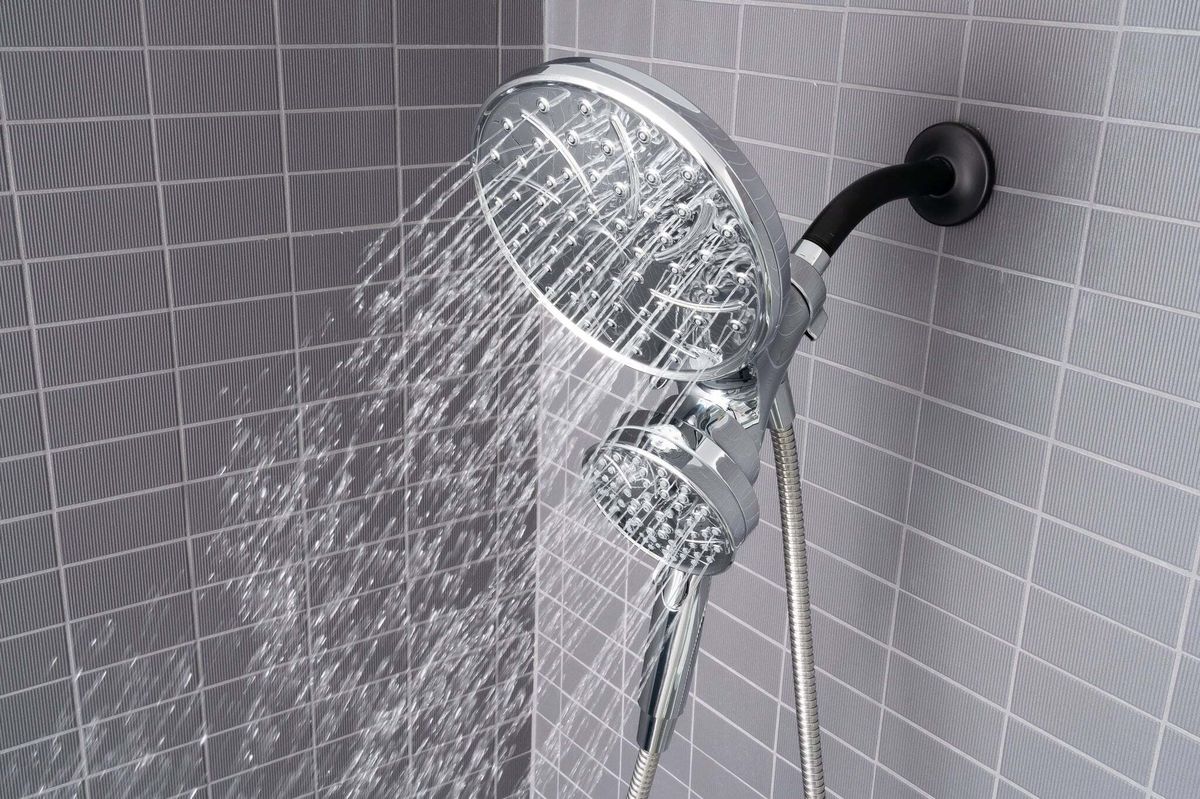
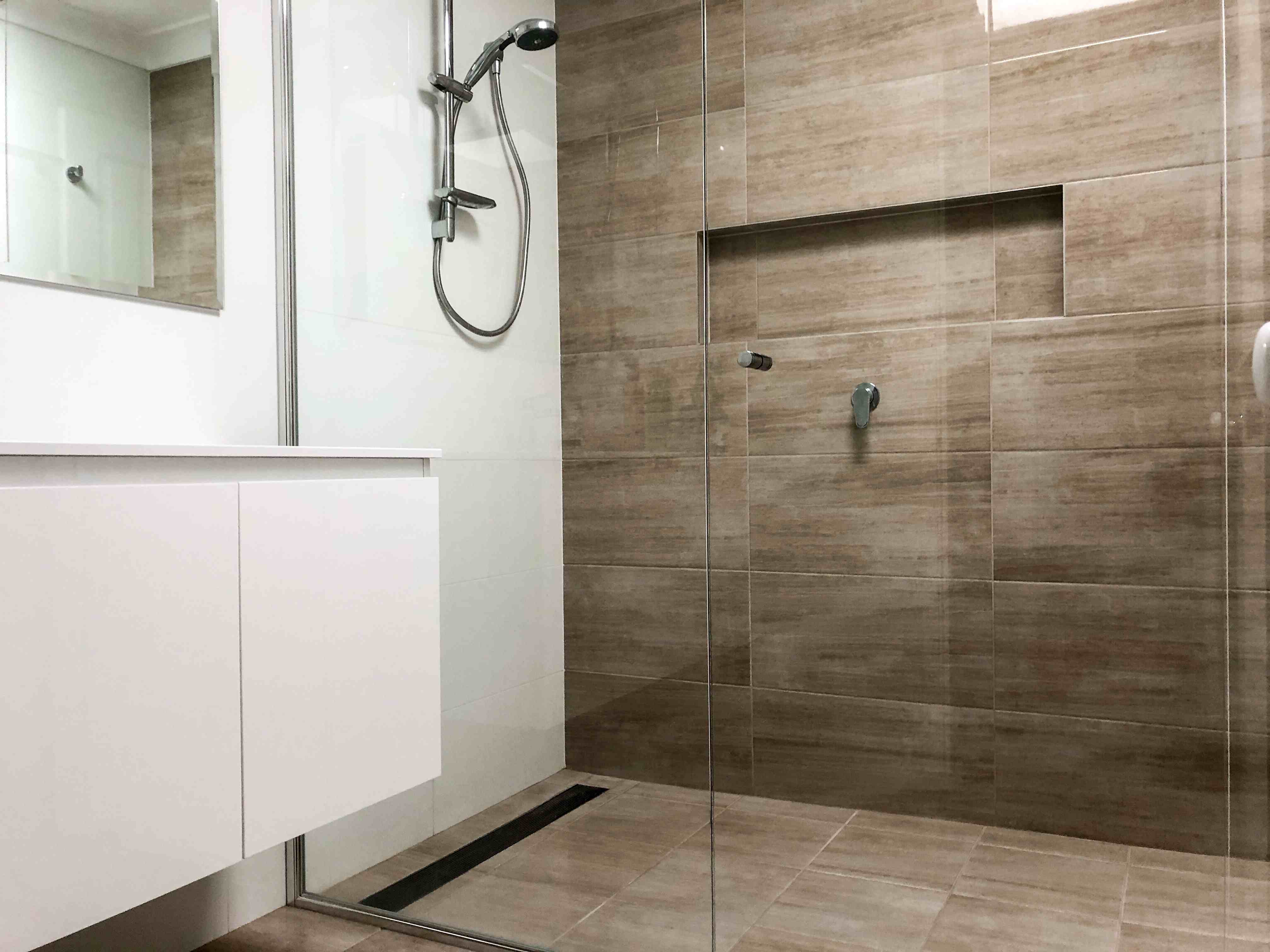
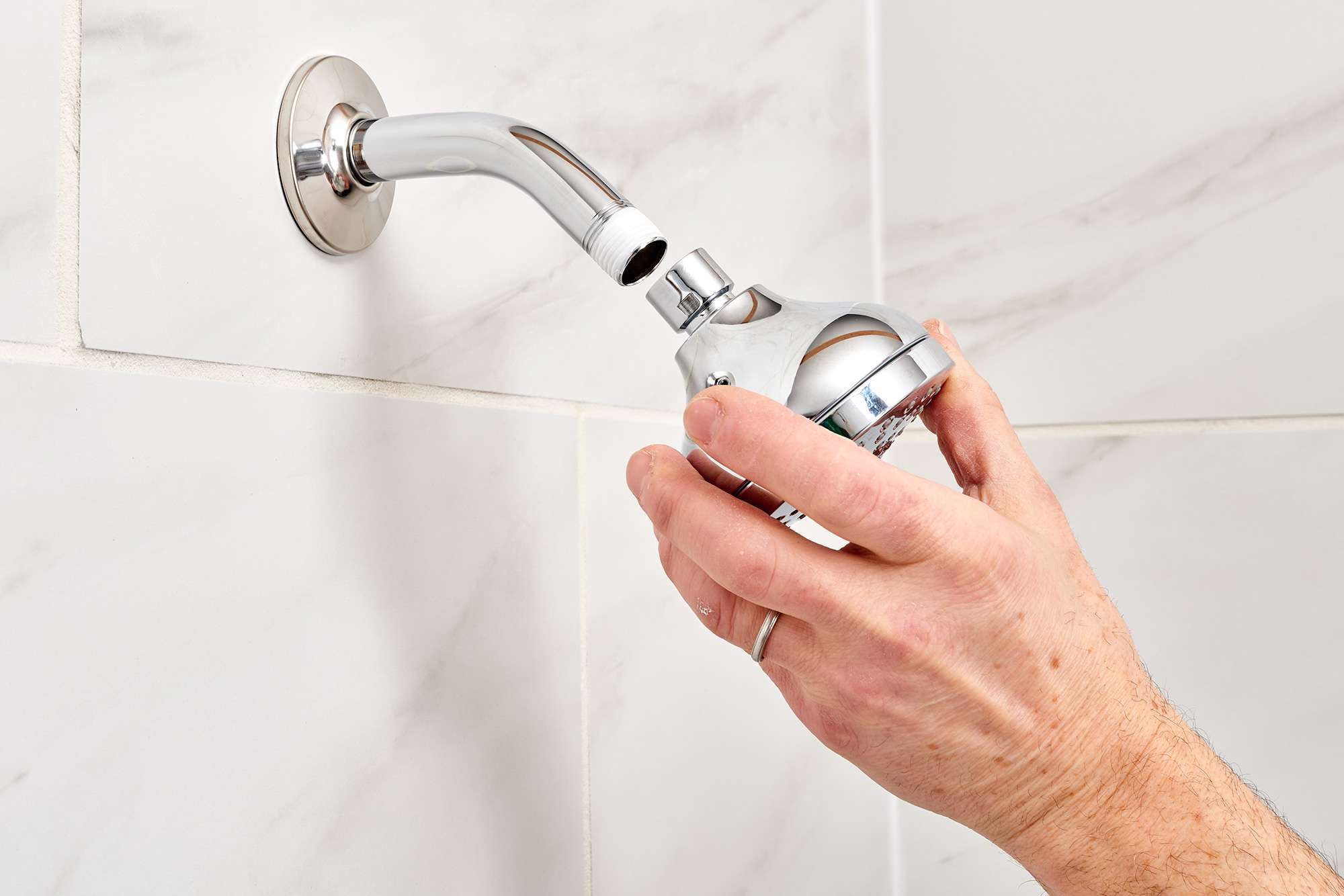

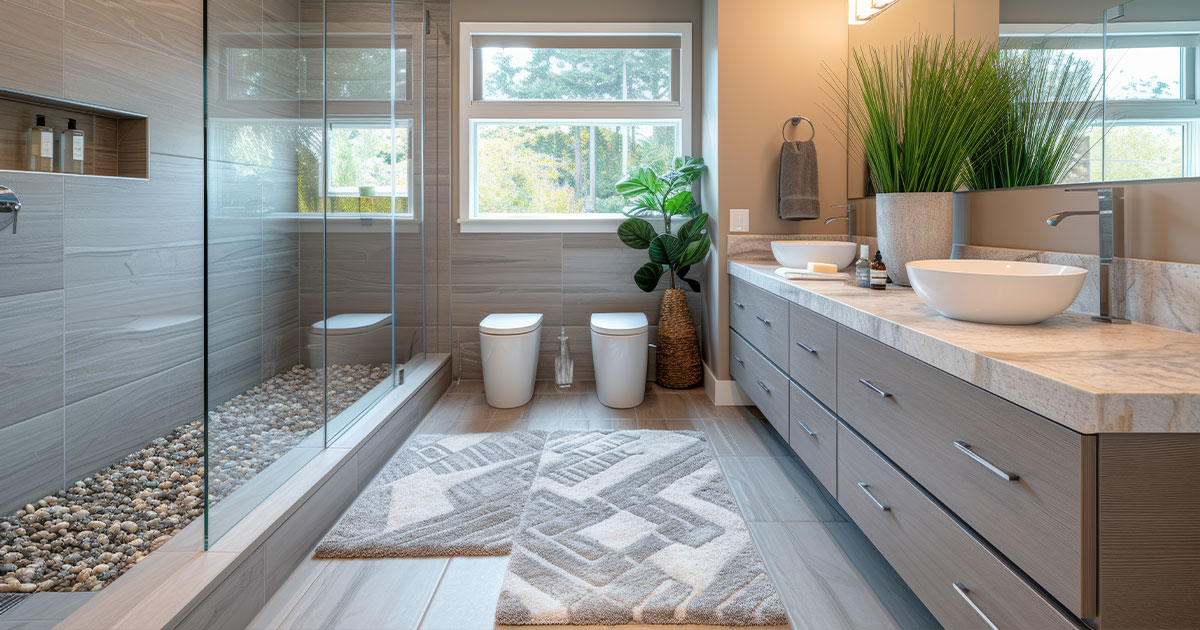
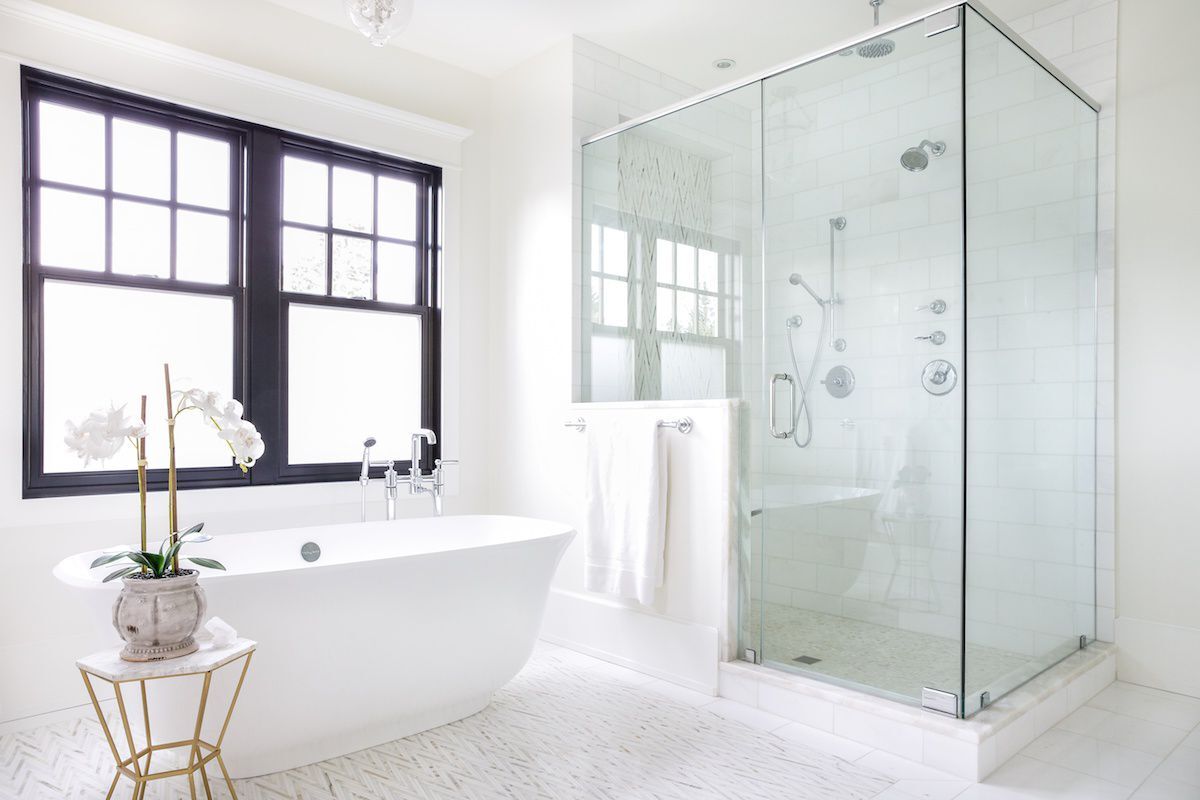




0 thoughts on “DIY Guide To Installing A Sliding Shower Door”